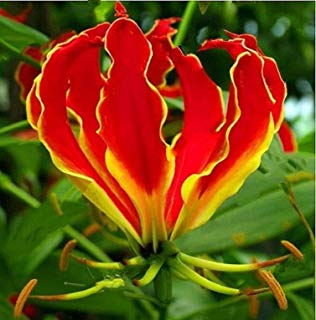All posts tagged Gloriosa superba
Set Your Garden on Fire with Gloriosa Superba
With a scientific name like Gloriosa superba, you might say that this fiery beauty is superb in color and full of glory. And you would be right! Continue reading [...]

